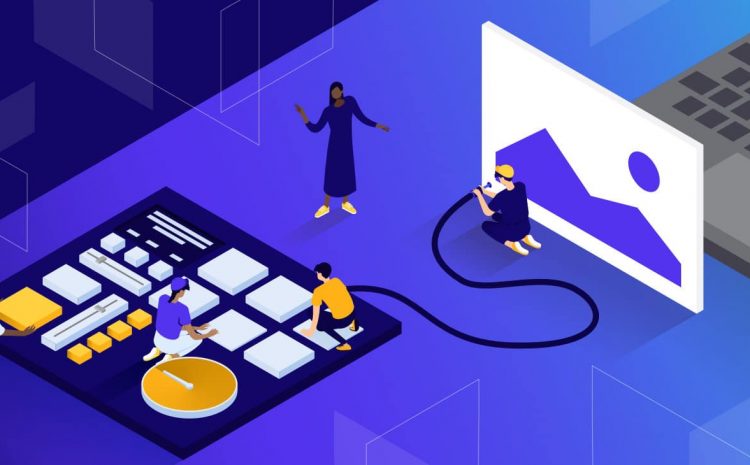
When it comes to creating a website, optimizing images for web and performance is crucial. Large and unoptimized images can slow down your website, causing it to load slowly, which can negatively impact user experience and search engine rankings. In this article, we will discuss some tips and tricks on how to optimize images for web and performance.
- Choose the right image format: There are several image formats available, including JPEG, PNG, and GIF. JPEGs are best for photographs and complex images, while PNGs are better for simple graphics and images with transparency. GIFs are great for animations, but they can be large in size.
- Compress images: Compressing images can significantly reduce their file size without compromising their quality. You can use online tools or software like Adobe Photoshop or GIMP to compress images. Always remember to strike a balance between file size and image quality.
- Resize images: Resizing images to the exact dimensions needed on your website can reduce file size and improve loading times. It’s also a good practice to use images that are already optimized for the web, such as those taken with a smartphone or a digital camera.
- Use a Content Delivery Network (CDN): A CDN can help speed up your website by distributing your content across a network of servers. This way, when a user requests an image, the server closest to them delivers the image, reducing loading times.
- Lazy loading: Lazy loading is a technique that loads images only when they are visible to the user. This way, the website loads faster, and the user doesn’t have to wait for all the images to load before viewing the page.
- Use alt tags: Alt tags are descriptions of images that appear when the image fails to load or when a user is using a screen reader. Alt tags not only improve accessibility, but they can also help with SEO.
In conclusion, optimizing images for web and performance is crucial for creating a fast and user-friendly website. By following these tips, you can significantly improve the loading times of your website, improve user experience, and even improve your search engine rankings.